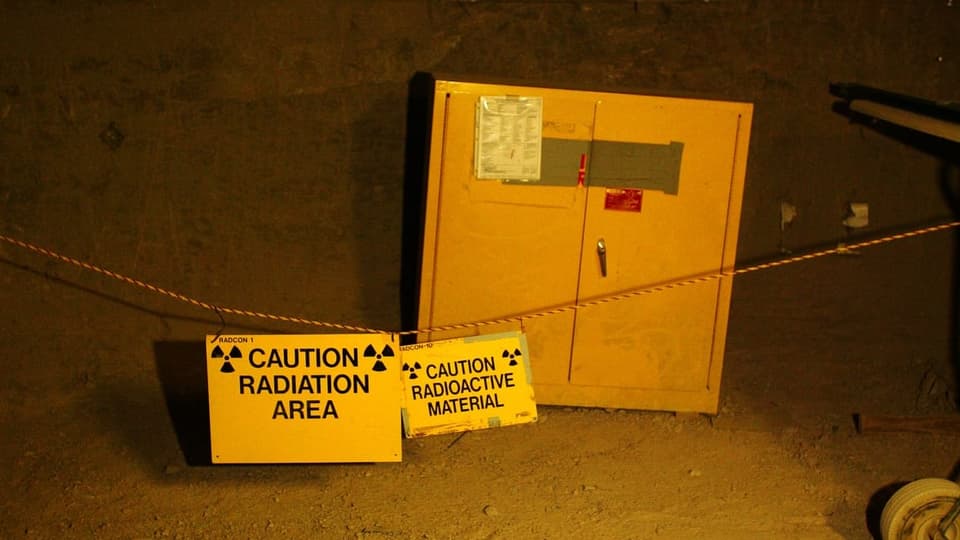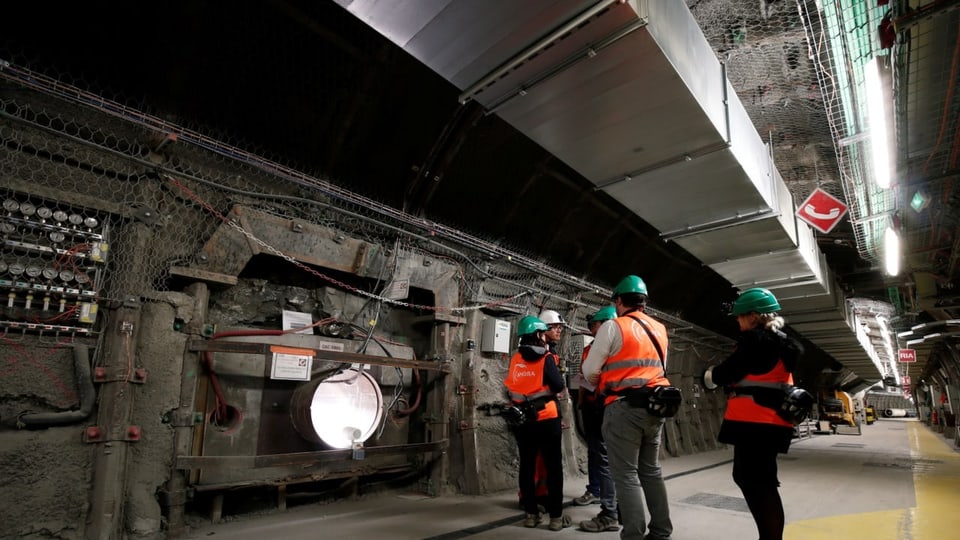Nagra’s decision is causing ripples in Switzerland. We show how other countries are tackling the problem.
Ever since we started using nuclear power, the question has remained: What to do with toxic waste? Switzerland is not the only country producing energy through nuclear power.
In total, more than 30 countries operate more than 440 nuclear reactors worldwide. But only four of these countries have repositories for high-level radioactive waste: the United States, Russia, Ukraine and Belarus – the latter two as a result of the Chernobyl accident.
It is an internationally recognized principle enshrined in international law that each country should dispose of its own waste.
“It is an internationally recognized principle enshrined in international law that each country should dispose of its own waste,” explains Roman Meyer, Deputy Director of the Federal Office of Energy. With this principle, each country went its own way.
America
The United States has the only repository currently operating for high-level radioactive waste: the Waste Isolation Pilot Plant in Carlsbad, New Mexico. However, the plant is used exclusively to dispose of waste from military nuclear applications. It is a deposit mine developed in a salt formation at a depth of about 650 meters. Operations started in 1999.
The United States, with its 92 nuclear power plants, has the world’s largest nuclear industry and absolutely needs a repository for high-level radioactive waste from civilian use. The Yucca Mountain Nuclear Waste Repository in the Nevada desert has long been planned. However, the program was terminated in 2011 for political reasons under the Obama administration.

Purana:
A warning sign at the Yucca Mountain Nuclear Waste Repository in Nevada, USA
Getty Images / David Howells
But the region is also geologically controversial: Climate change is leading to a more humid climate there, and the region is prone to seismic activity, such as earthquakes or volcanic eruptions. Additionally, the resulting debris is more than Yucca Mountain can accommodate. The status of the project is currently open: All US states – except Nevada – are in favor of completing the repository.
Russia
Russia also has a proud inventory with its 38 nuclear reactors. While not dumping its radioactive waste into the Arctic Ocean, the Soviet Union preferred borewells as a disposal solution.
Since 1957, radioactive waste has been dumped at depths of 400 to 1400 meters at three locations in Russia (Krasnoyarsk-26, Tomsk-7, Dmitrovgrad). Drilling holes were all closed in 2011. No Russian repository is currently operational or planned.
Europe
Finland is the first country to operate a repository mine for civilian radioactive waste. Construction has been underway since 2004 and operations are expected to begin later this decade. The Finns rest on granite at a depth of 420 meters under the Olkiluto Peninsula. A similar project is planned in Sweden. The project was interrupted due to additional clarifications. However, in the two Scandinavian countries, there was no opposition from the people.

Purana:
Lights illuminate a nuclear waste storage well in Bury, France
Reuters/Benoit Tessier
A nuclear-powered repository is also to be built in France. There are almost 90 residents living in Buer, Lorraine, and they have agreed to build a repository at a depth of 500 meters. As in the Swiss project, the host rock here is a layer of clay more than 100 m thick. But some scientists express safety concerns about noise and continued protests from the public.

“Wannabe pop culture fanatic. Zombie advocate. Entrepreneur. Internet evangelist. Alcohol fanatic. Typical travel buff.”




More Stories
User Insights on Using Slot Winner APK Effectively
Choosing the Right Quality Management Software for Your Industry
Astronauts will be stuck in the ISS for months